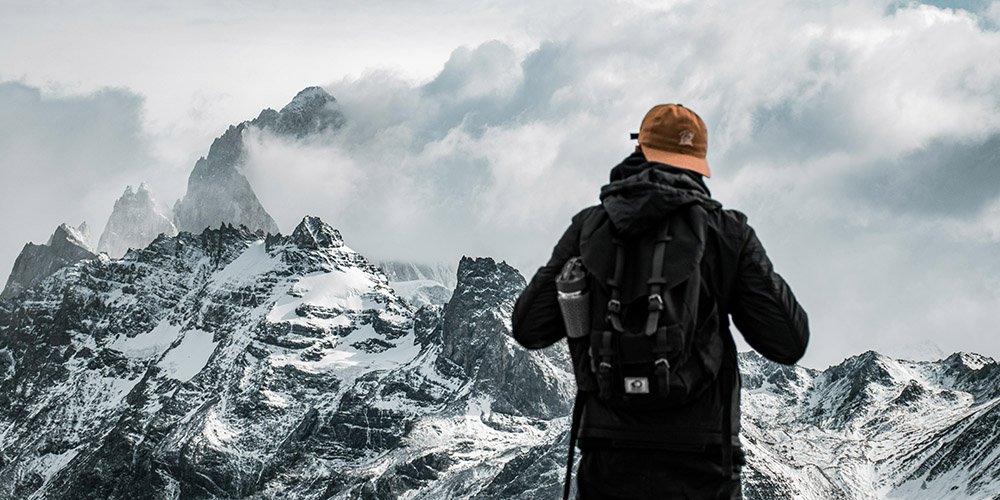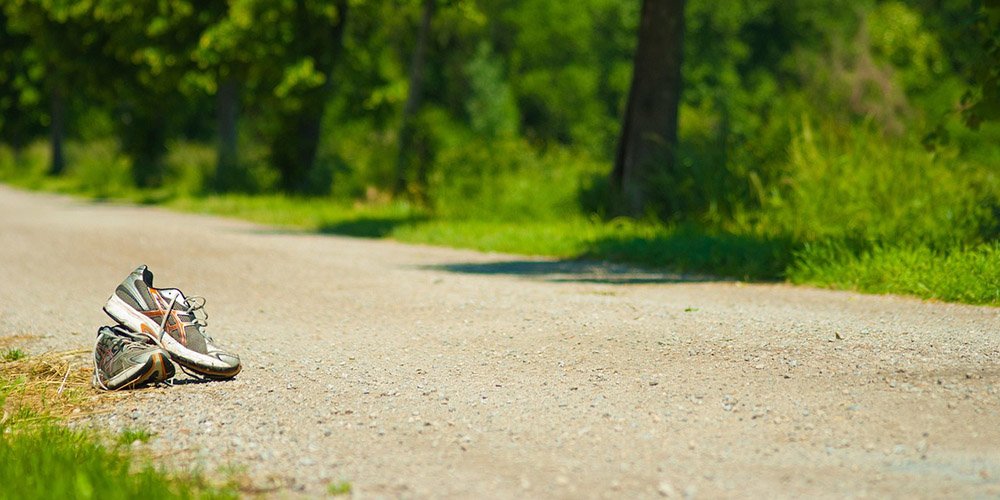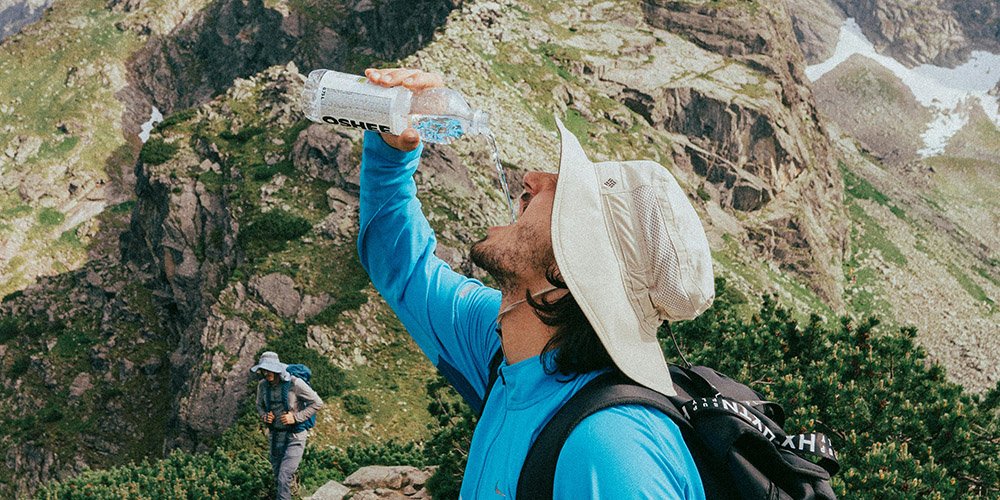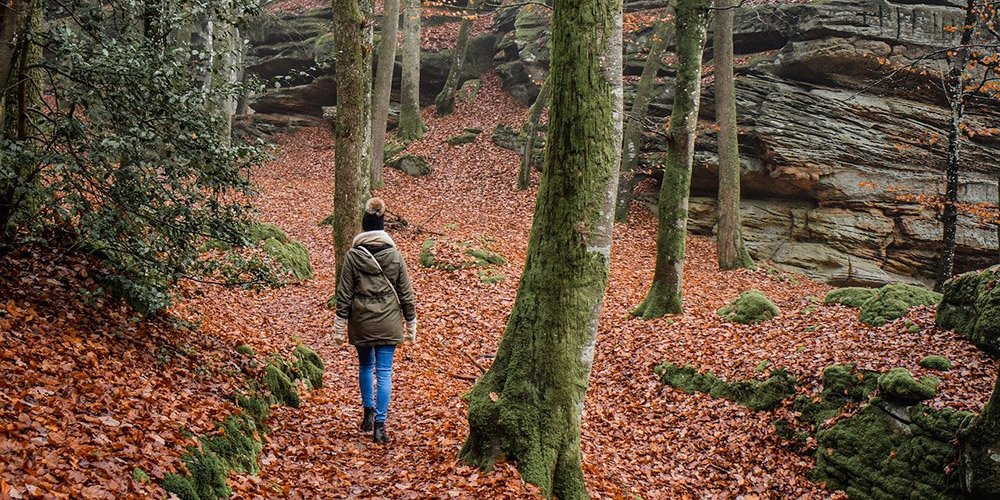Day Hiking Essentials Checklist: Exactly What to Bring
Embarking on a day hike is an excellent way to enjoy the great outdoors, experience nature, and get some exercise. However, even a short hike can turn into a challenging situation if you’re not adequately prepared. Packing the right gear is essential to ensure your safety, comfort, and enjoyment. Proper preparation can help you handle unexpected weather changes, navigate unfamiliar trails, and deal with minor injuries, making your hike a more enjoyable and stress-free experience.
This article provides a comprehensive checklist of day hiking essentials. We’ll cover everything you need to bring, from navigation tools and hydration supplies to safety gear and nutritious snacks. By following this guide, you’ll be well-equipped for any day hike, whether you’re exploring a local trail or venturing into the wilderness.
Essential Items to Bring on a Day Hike
Proper navigation is crucial for any hike, especially in areas with poor cell service. Always carry a reliable map and a compass as your primary navigation tools. Supplement these with a GPS device and smartphone apps like AllTrails for additional guidance. Having multiple navigation methods ensures you can find your way, even if one tool fails.
- Map and Compass: Essential for traditional navigation.
- GPS Device: Provides accurate location tracking.
- Smartphone Apps: Apps like AllTrails offer trail maps and user reviews.
Hydration
Staying hydrated is vital for maintaining your energy and overall well-being during a hike. The amount of water you need depends on the hike’s length, intensity, and weather conditions. A good rule of thumb is to carry at least one liter of water per hour of hiking. Hydration reservoirs and portable water filters can help ensure you have enough water throughout your hike. Also read our guide on electrolytes for hiking.
- Water Bottles: Easy to carry and refill.
- Hydration Reservoirs: Convenient for continuous sipping while hiking.
- Portable Water Filters: Useful for refilling from natural water sources.
Food and Snacks
Bringing the right food can keep your energy levels up and prevent fatigue. Pack a variety of nutritious snacks like energy bars, nuts, trail mix, and fruits. These foods are easy to carry and provide quick energy. Always pack a little extra food in case of emergencies.
- Energy Bars: Quick and convenient source of calories.
- Nuts and Trail Mix: High in protein and healthy fats.
- Fruits: Provide natural sugars and hydration.
Also read: Is It Safe to Hike Alone? Main Dangers & How to Avoid Them

Safety and Emergency Gear
First Aid Kit
A well-stocked first aid kit is essential for treating minor injuries and managing emergencies on the trail. Your kit should include bandages, antiseptic wipes, pain relievers, blister treatment, and any personal medications you might need.
- Bandages and Antiseptic Wipes: For treating cuts and scrapes.
- Pain Relievers: To manage headaches or muscle aches.
- Blister Treatment: Prevents small issues from becoming major problems.
Fire Starting Tools
Having the ability to start a fire can be a lifesaver in case of unexpected overnight stays. Pack a lighter, waterproof matches, and fire starters to ensure you can make a fire under any conditions.
- Lighter: Easy and quick fire starting.
- Waterproof Matches: Reliable in wet conditions.
- Fire Starters: Help ignite fires quickly.
Light Source
Carrying a reliable light source is essential in case your hike takes longer than expected. A headlamp or flashlight with extra batteries ensures you can navigate safely in the dark.
- Headlamp: Hands-free lighting.
- Flashlight: Backup light source.
- Extra Batteries: Ensure your light source doesn’t run out.
Whistle
A whistle is a simple yet effective tool for signaling for help or scaring away wildlife. It’s small, lightweight, and can be heard over long distances.
- Emergency Signaling: Alerts rescuers to your location.
- Wildlife Deterrent: Scares off potential threats.

Clothing and Footwear
Layered Clothing
Dressing in layers is essential for comfort and safety during a day hike. Layering allows you to adjust your clothing based on the weather and your activity level, helping you stay warm, dry, and comfortable.
- Base Layer: Moisture-wicking materials like merino wool or synthetic fabrics help keep sweat away from your skin, reducing the risk of chills.
- Mid-Layer: Insulating layers such as fleece or down jackets trap heat and keep you warm. Choose the appropriate insulation based on the expected temperature.
- Outer Layer: Weather-appropriate outer layers, like waterproof and windproof jackets, protect against rain and wind. Pack an extra layer to be prepared for sudden weather changes.
Footwear
Choosing the right footwear is crucial for a safe and comfortable hike. Your choice depends on the trail conditions and your personal preference.
- Hiking Boots: Offer excellent ankle support and protection, ideal for rough and uneven terrain.
- Hiking Shoes: Lighter than boots, providing good support for well-maintained trails.
- Waterproof Footwear: Keeps your feet dry in wet conditions, preventing blisters and discomfort. Look for breathable options to avoid sweaty feet.
Accessories
Accessories can significantly enhance your hiking experience by providing additional protection and comfort.
- Hat: A wide-brimmed hat or cap protects against the sun and keeps you cool.
- Gloves: Essential in cold weather to keep your hands warm.
- Sunglasses: Protect your eyes from UV rays, even on cloudy days. Opt for sunglasses with UV protection.
Also read: What to Wear When Hiking in Summer: Complete Guide

Additional Useful Items
Trekking Poles
Trekking poles provide stability and reduce the strain on your knees, especially on uneven or steep terrain. They can also help maintain balance on slippery surfaces and during river crossings.
Multi-Tool or Knife
A multi-tool or knife is versatile and can be used for various tasks, from repairing gear to preparing food. Look for a compact and lightweight option that fits easily in your pack.
Insect Repellent and Sunscreen
Protecting your skin is crucial for comfort and safety during a hike.
- Insect Repellent: Keeps mosquitoes, ticks, and other bugs at bay, reducing the risk of bites and related diseases.
- Sunscreen: Protects your skin from harmful UV rays. Apply it even on cloudy days, and reapply as needed. Choose a broad-spectrum sunscreen with an SPF of at least 30.
Preparation and Planning
Research and Permits
Before heading out on a hike, it’s essential to thoroughly research the trail and check for any necessary permits. This includes understanding the trail conditions, weather forecasts, and any regulations that might be in place.
- Trail Conditions: Check recent reports or updates from park services or hiking forums to understand the current state of the trail. This can include information on closures, obstacles, or special conditions you might encounter.
- Weather Forecasts: Always look at the weather forecast for the day of your hike. Weather can change rapidly, especially in mountainous areas, so it’s crucial to be prepared for all possibilities.
- Permits: Some trails require permits for entry or parking. Make sure to apply for these well in advance if necessary. Knowing the rules and regulations helps in avoiding fines and ensures you have a legal and smooth hiking experience.
Informing Others
For safety, always inform someone about your hiking plans. Share details such as your planned route, expected return time, and any alternative routes you might consider. This information can be crucial in case of emergencies.
- Detailed Itinerary: Leave a detailed itinerary with a friend or family member. Include the trailhead, route, estimated time of return, and any check-in times you have planned.
- Emergency Contacts: Make sure your emergency contacts know who to call and what steps to take if they don’t hear from you by a certain time.
Packing Tips
Efficient packing ensures that you carry all necessary items without overloading your backpack, making your hike more enjoyable and less strenuous.
- Balance the Load: Distribute weight evenly in your backpack. Heavier items should be close to your back and centered, while lighter items can go towards the top and outer parts of the pack.
- Accessibility: Keep frequently used items, like snacks, water, and navigation tools, easily accessible. Use side pockets or top compartments for these items.
- Waterproofing: Use waterproof bags or liners to protect your gear from rain or accidental water exposure.
Final Thoughts
To recap, here is a summary of the key items to bring on your day hike:
- Navigation Tools: Map, compass, GPS device, and smartphone apps.
- Hydration: Water bottles, hydration reservoirs, and portable water filters.
- Food and Snacks: Nutritious snacks and enough food for the entire hike.
- Safety and Emergency Gear: First aid kit, fire starting tools, light source, and whistle.
- Clothing and Footwear: Layered clothing, appropriate footwear, and essential accessories like hats, gloves, and sunglasses.
- Additional Useful Items: Trekking poles, multi-tool or knife, insect repellent, and sunscreen.
Hiking is a wonderful way to connect with nature and enjoy physical activity, but safety should always be your top priority. By preparing thoroughly and packing the right essentials, you can ensure a safe, enjoyable, and memorable hiking experience. Stay informed, stay prepared, and enjoy your outdoor adventures safely!








